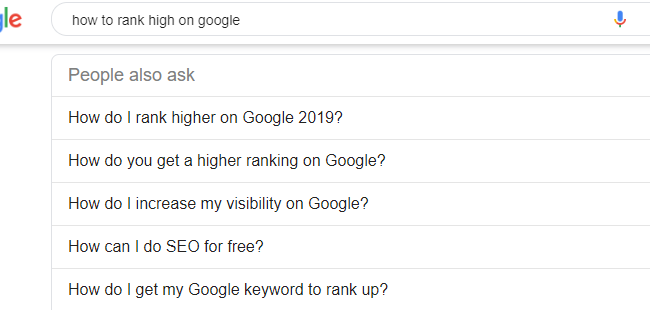When it comes to blogging, SEO (Search Engine Optimization) is an integral part. Basically, Optimization can be classified into two types- On Page and Off Page optimization. On Page activities are related to the tweaks and fine tuning that has to be done on the blog. This includes- optimizing the theme, blog post, images etc. The URL (Uniform Resource Locator) structure is also a part of it. And here, we will see how to optimize a URL so that it fares well in SERPs (Search Engine Results Page).
Structure of the blog URL: with and without ‘www’
If you are a WordPress user, then you must have noticed that you are free to use any one of the two types of URL for your blog. In the ‘General Settings’ section in the Dashboard, one may find the ‘WordPress Address’ and ‘Site Address’ fields.
You may go for http://yoursite.com or http://www.yoursite.com. Whether you use or don’t use the ‘www’ part in the URL won’t matter much. Many folks are skeptic about it and think that leaving out the ‘www’ part will negatively impact their blog!
It is nothing but a misconception. You may use whichever URL form you are comfortable with.
URL structure of a blog post (Permalink)
WordPress installation comes loaded with loads of ‘default’ values for various functions and operations. Take for example the ‘blog post’s URL’. It is also known as Permalink.
Permalinks plays a role in deciding the fate of a blog post when it comes to SERP rankings. Search Engines give first priority to the blog title. This is followed by the Permalink and then by the meta description.
So, writing a good title and not optimizing the URL of the blog post is foolishness! And to make matters worse, as I mentioned above, WordPress’ default permalink comes in this format- http://www.yoursite.com/?p=232. Here, the post’s permalink is described by the symbol? Letter p and the number (which is the number of post published or created so far).
This default structure is in no way good for SEO! In fact, the URL should consist of one or more crucial keywords and phrases used in the blog post. Thus, it becomes mandatory to change the structure of the permalink.
Changing Permalink structure
This task can be accomplished by accessing the ‘Permalinks’ section under ‘Settings’ in the Dashboard. The best URL format would be yoursite.com/post-title. Else, you may also choose other formats, which will help you emphasize the keywords and phrases in the URL. Doing so will help Search Engines’ crawler bots understand better that what the blog post is all about!
A good SEO Training in Delhi or SEO Institute in Delhi can let you aware about how to do permalink structuring correctly.
End
I hope that you understood the importance of a well-structured URL of a blog post. As soon as you start a new blog, do change the permalink structure. The default one is of no use!




